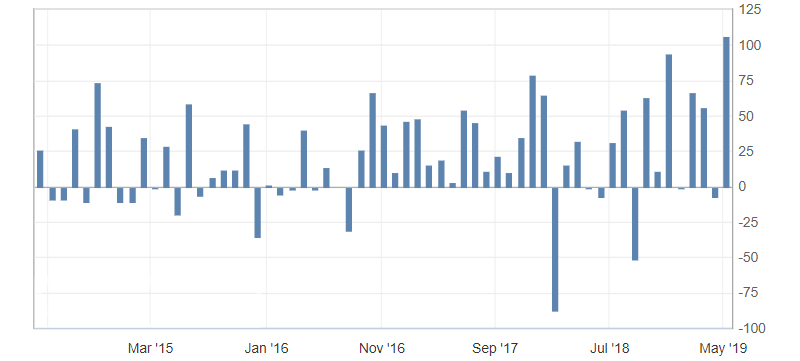
Analysis of trade with Erste News
During the trading week from May 6 to 10, trades with Erste News took place at the publication of the RBA meeting results (07.05), the publication of the RBNZ meeting rezults (08.05) and employment data in Canada (10.05).
On May 7, the Reserve Bank of Australia kept the interest rate unchanged. Most importantly, the bank raised its outlook for economic growth and inflation in Australia. In fact, this was the main driver for the strengthening of the Australian dollar.
- The economy is expected to grow by 2.75% in 2019 and 2020.
- Core inflation is expected at 1.75% in 2019 and 2% in 2020.
This allowed the Aussie to strengthen against most of the major competitors. But the exacerbation of trade tensions between the US and China forced investors to adjust their positions relative to risky currencies.
May 8 the Reserve Bank of New Zealand meetings results were published, which put pressure on the New Zealand dollar. The reason for the decline of the New Zealander, in addition to lowering the rates, was the signals of the RBNZ about intentions to extend the decline in interest rates in the future. This was regarded by the market as a bearish signal.
The RBNZ justified the decline in interest rates as a restrained level of employment and a weak economic condition. Technically, the New Zealand dollar also remained under pressure from a downtrend, which was heightened by the risks of aggravating trade opposition.
May 10 an employment data in Canada were released, which unexpectedly showed employment growth of more than 10 times than predicted, showing a significant increase in the strength of the labor market in Canada in April to nine-year highs.

Fig. Employment changes in Canada
The Canadian dollar on the news updates a week’s high against the currencies being traded, but in fact it was limited by risks and existing downward trends.
Hanzenko Anton